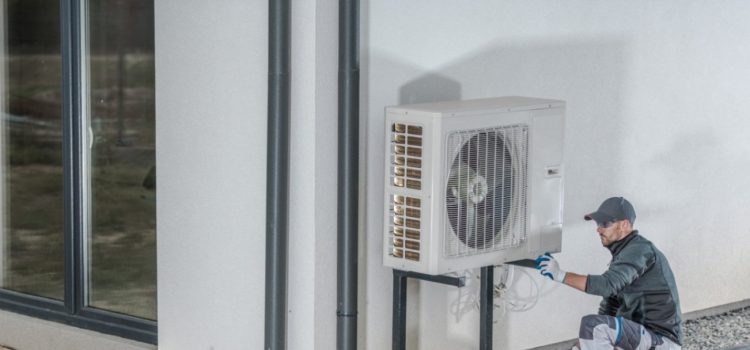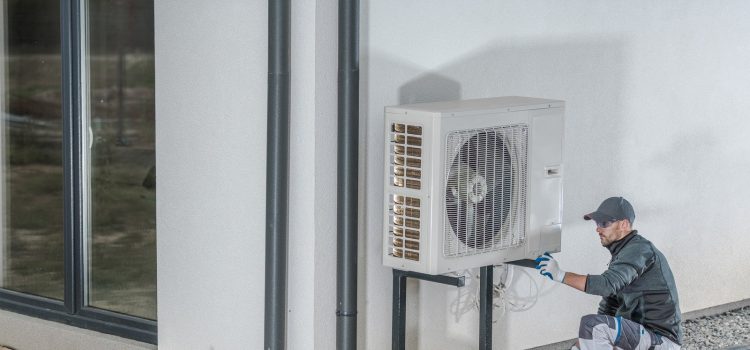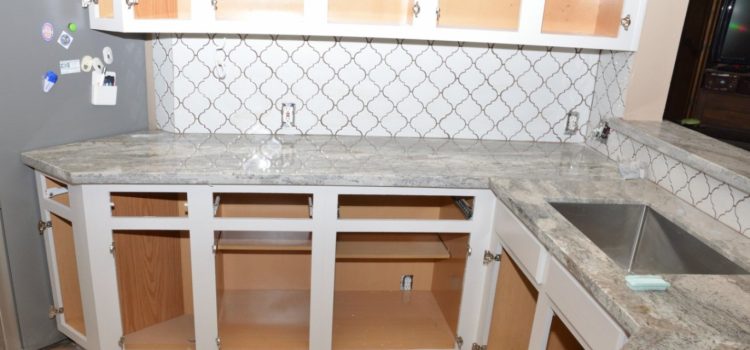Selling a house in Houston can feel overwhelming, especially if you’re dealing with repairs, a tight timeline, or unexpected life changes. The traditional real estate process—realtors, showings, inspections, repairs, negotiations—can take months and cost thousands. For many homeowners, this isn’t realistic or convenient.
That’s where companies that Buy Houses for Cash come in. These cash buyers provide a simple, fast, and stress-free alternative to traditional selling. If you’re trying to Sell Your House quickly and you want a straightforward way to move on without delays, cash buyers may be the perfect solution.
In this guide, we’ll break down why selling your home for cash is the easiest and fastest option in Houston, how it works, and what types of real estate problems cash buyers can solve.
Why Selling for Cash Works So Well in Houston
Houston is one of the most active real estate markets in the country, but it also comes with challenges like:
-
Unpredictable weather
-
Flood-prone areas
-
Older homes needing repairs
-
Foundation issues
-
Rental homes with tenant problems
-
Fast-moving job markets requiring quick relocations
Traditional buyers often hesitate when homes need work or when sellers need fast closings. Cash buyers, however, specialize in buying homes as-is—meaning no repairs, no cleaning, and no waiting.
That difference alone makes the cash-sale process far easier for many Houston homeowners.
How Cash Buyers Make Selling Your House Easy
1. No Repairs Required
Many homes in Houston need updating, foundation work, or storm-related repairs. Traditional buyers usually demand repairs before closing or request price reductions after inspections.
Cash buyers skip this step entirely.
They purchase houses in any condition, including:
-
Outdated kitchens
-
Roof leaks
-
Flood damage
-
Old wiring
-
Foundation cracks
-
Rental property wear and tear
This saves homeowners thousands of dollars and weeks of stress.
2. Fast Closings—Often in a Week
Traditional real estate closings take 45–120 days, mostly because of mortgage approvals, inspections, and back-and-forth negotiations.
Cash buyers eliminate those delays.
Most cash sales in Houston close in 7–14 days, making it ideal for homeowners who:
-
Need to relocate quickly
-
Are facing foreclosure
-
Have inherited a property
-
Don’t want to wait months for a buyer
-
Need immediate financial relief
This speed is one of the biggest reasons cash sales are growing in popularity.
3. No Realtor Commissions
Selling through a realtor typically costs around 6% in commission. On a $300,000 house, that’s $18,000 gone instantly.
Cash buyers involve no realtors, meaning:
-
No commissions
-
No listing fees
-
No staging costs
-
No marketing expenses
You keep more of your home’s final price.
4. No Showings or Open Houses
Showings are often the most stressful part of selling a home. You have to keep the house spotless, rearrange your schedule, leave for every viewing, and deal with strangers walking through your property.
Cash buyers eliminate this step completely.
Most only need one short walkthrough or even just photos to make a fair offer.
5. A Guaranteed Sale Without Buyer Drama
Traditional buyers often back out because of:
-
Low appraisals
-
Inspection problems
-
Loan denial
-
Repair negotiations
-
Cold feet
Cash buyers don’t rely on lenders and don’t demand repairs, which means the sale is almost always guaranteed once you accept the offer.
Real Estate Problems Cash Buyers Solve Quickly
Many Houston homeowners choose cash buyers because their situation requires fast action or because the home has issues that would scare away traditional buyers.
Here are the most common problems cash buyers can solve easily:
Inherited homes full of belongings
No cleaning needed—cash buyers take care of everything.
Homes requiring major repairs
Perfect for properties with foundation, roof, or structural issues.
Foreclosure risk
A fast cash sale can stop the process and protect your credit.
Storm or flood damage
Cash buyers often purchase homes even with severe damage.
Vacant or abandoned homes
Avoid taxes, maintenance, vandalism, or fines.
Rental properties with bad tenants
Cash buyers purchase tenant-occupied properties as-is.
Divorce, job changes, or relocation
When timing matters, cash closings offer flexibility.
What the Cash-Sale Process Looks Like
Selling to a cash buyer is simple and only takes a few steps:
Step 1: Contact a Cash Buyer
They’ll ask basic property details—location, condition, and your timeline.
Step 2: Quick Evaluation
This may be a walkthrough or a virtual assessment.
Step 3: Receive a No-Obligation Offer
Most offers are made within 24 hours.
Step 4: Pick a Closing Date
You choose when to close—fast or flexible.
Step 5: Close and Get Paid
Funds are usually wired on the same day as closing.
If you want to understand how simple this process is, Click here for more information.
Why This Is the Easiest Way to Sell Your House Fast
When you combine all the benefits—no repairs, fast closings, no fees, no showings, and guaranteed sales—it becomes clear why cash buyers make the selling process effortless.
For homeowners who value time and convenience, this method is far easier than the traditional real estate route. It removes:
-
Stress
-
Delays
-
Uncertainty
-
Out-of-pocket costs
-
Endless paperwork
In a fast-moving city like Houston, that simplicity matters.
Conclusion
Selling a house doesn’t have to be complicated. Cash buyers in Houston offer a fast, simple, and stress-free solution for homeowners who need to sell quickly or want to avoid the traditional process. Whether you’re dealing with repairs, financial issues, inherited property, or sudden life changes, selling your home for cash can provide immediate relief and a predictable outcome.
If you’re looking for the easiest way to Sell Your House without delays, commissions, or repairs, cash buyers provide a dependable and efficient alternative. One offer, one closing date, and one stress-free experience—that’s the power of selling your home for cash in Houston.
FAQs
1. Do cash buyers purchase homes in any condition?
Yes. Cash buyers specialize in buying homes as-is, even with major repairs.
2. How fast can I sell my house for cash in Houston?
Most cash buyers can close in 7–14 days, depending on title work.
3. Will I pay any commissions or fees?
No. There are no realtor commissions or hidden charges.
4. What if my home has storm or flood damage?
Cash buyers regularly purchase homes with severe storm or water damage.
5. Can I sell my rental property with tenants?
Yes. Cash buyers purchase tenant-occupied homes.
6. How do cash buyers determine the offer?
Offers are based on market value, repair costs, and neighborhood trends.









